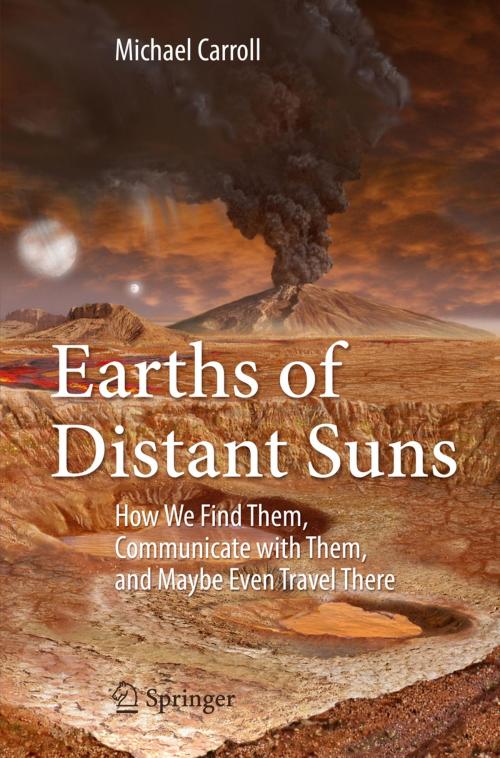Earths of Distant Suns
How We Find Them, Communicate with Them, and Maybe Even Travel There
Nonfiction, Science & Nature, Science, Physics, Astronomy, Astrophysics & Space Science, Nature| Author: | Michael Carroll | ISBN: | 9783319439648 |
| Publisher: | Springer International Publishing | Publication: | October 3, 2016 |
| Imprint: | Copernicus | Language: | English |
| Author: | Michael Carroll |
| ISBN: | 9783319439648 |
| Publisher: | Springer International Publishing |
| Publication: | October 3, 2016 |
| Imprint: | Copernicus |
| Language: | English |
Based on the latest missions results and supported by commissioned artwork, this book explores the possible lessons we may learn from exoplanets. As the number of known Earth-like objects grows significantly, the author explores what is known about the growing roster of "pale blue dots" far afield. Aided by an increased sensitivity of the existing observatories, recent discoveries by Keck, the Hubble Space Telescope, and Kepler are examined. These findings, once thought to be closer to the realm of science fiction, have fired the imaginations of the general public as well as scientists.
All of us are mesmerized by the possibility of other Earth-like worlds out there. Author Michael Carroll asks the tough questions of what the expected gain is from identifying these Earth analogs spread across the Universe and the reasons for studying them. Potentially, they could teach us about our own climate and Solar System. Also explored are the more remote options of communication between or even travel to these distant yet perhaps not so dissimilar worlds.
Based on the latest missions results and supported by commissioned artwork, this book explores the possible lessons we may learn from exoplanets. As the number of known Earth-like objects grows significantly, the author explores what is known about the growing roster of "pale blue dots" far afield. Aided by an increased sensitivity of the existing observatories, recent discoveries by Keck, the Hubble Space Telescope, and Kepler are examined. These findings, once thought to be closer to the realm of science fiction, have fired the imaginations of the general public as well as scientists.
All of us are mesmerized by the possibility of other Earth-like worlds out there. Author Michael Carroll asks the tough questions of what the expected gain is from identifying these Earth analogs spread across the Universe and the reasons for studying them. Potentially, they could teach us about our own climate and Solar System. Also explored are the more remote options of communication between or even travel to these distant yet perhaps not so dissimilar worlds.















